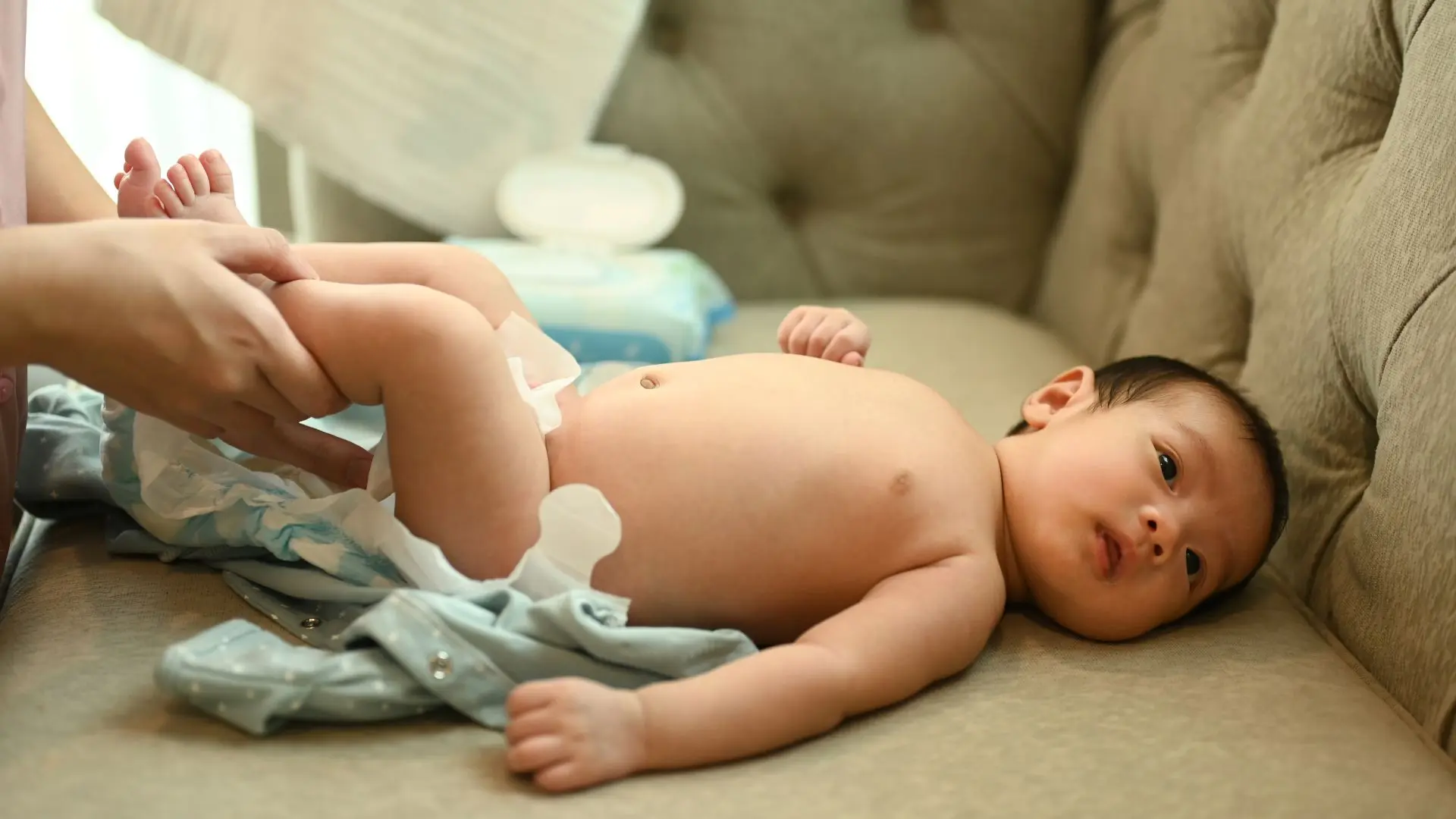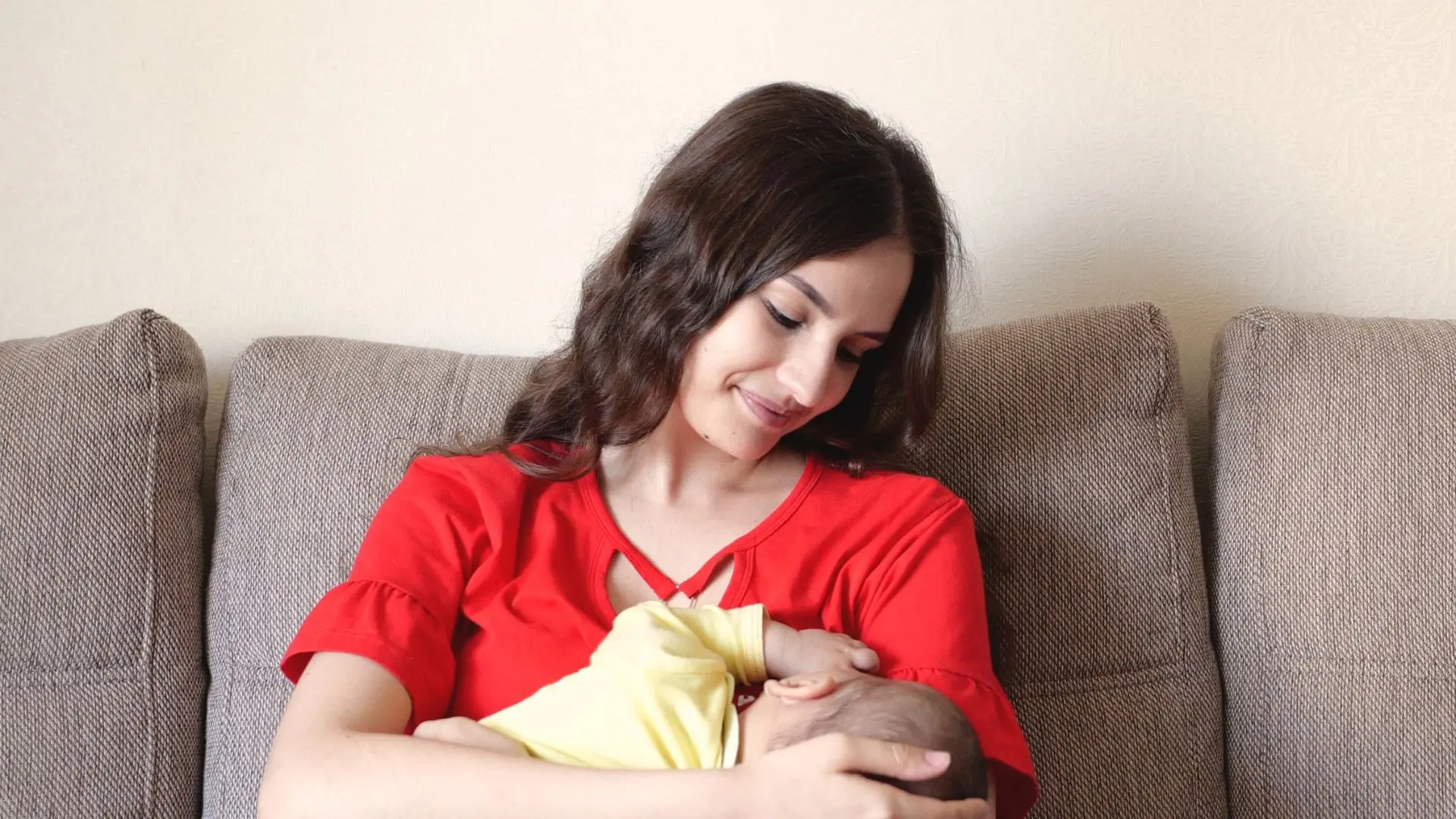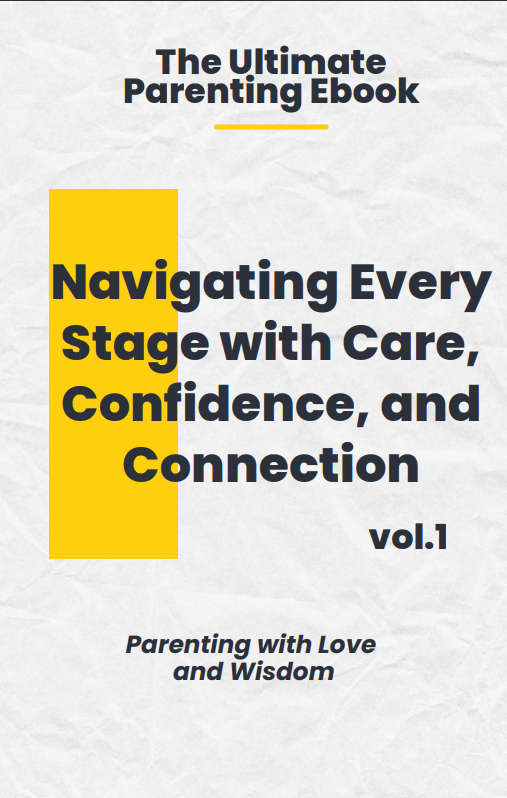
Parenting is a journey of endless learning. Attachment parenting style, known for its emphasis on closeness and nurturing, is often viewed as a one-size-fits-all approach. But as parents, we know every child is unique, with distinct needs, personalities, and developmental stages. So, how can you adapt attachment parenting to support your child’s mental and emotional health effectively? Let’s dive in.
In This Blog
ToggleWhat Is Attachment Parenting Style?
The attachment parenting style is built on fostering a secure and loving bond with your child. It emphasizes practices like co-sleeping, babywearing, breastfeeding on demand, and responding promptly to your child’s needs.
But here’s the truth: while its principles remain constant, the way you implement them should evolve as your child grows. The goal? To nurture empathetic, emotionally balanced, and resilient individuals who can thrive in life.
Adapting Attachment Parenting by Age Group
1. Infants (0-12 Months): Building the Foundation
Your baby’s world revolves around you, and this stage lays the foundation for a secure attachment.
- Co-Sleeping: Sharing a safe sleep environment promotes bonding and reduces nighttime stress for both you and your baby.
- Babywearing: It keeps your baby close, soothing them while allowing you to manage daily tasks.
- Responsive Feeding: Breastfeeding or bottle-feeding on demand builds trust and fulfills emotional needs.
At this age, your child thrives on physical closeness, consistent care, and a nurturing environment.
2. Toddlers (1-3 Years): Independence with Security
Toddlers are curious explorers testing their limits. While they crave independence, they still need you as their safe haven.
- Transitioning from Co-Sleeping: If your child shows readiness, gently introduce their own sleep space while maintaining physical affection during the day.
- Gentle Discipline: Use positive reinforcement and empathy to guide behavior.
- Encourage Exploration: Support their curiosity while ensuring they know you’re there for reassurance.
By balancing independence with attachment, you’ll foster confidence while preserving emotional security.
3. Preschoolers (4-6 Years): Fostering Emotional Intelligence
This stage marks significant cognitive and emotional growth. It’s also the time to emphasize communication.
- Bedtime Routines: Transition from co-sleeping to independent sleep with comforting rituals like reading together.
- Open Conversations: Start teaching your child to express their emotions in healthy ways.
- Quality Time: Whether it’s crafting or outdoor play, these moments strengthen your bond and nurture their emotional intelligence.
4. School-Age Children (7-12 Years): Strengthening the Emotional Bond
As your child gains independence, attachment parenting shifts to emotional availability.
- Active Listening: Take an active interest in their emotions and what they are going through.
- Encourage Problem-Solving: Support them in making decisions while being their emotional anchor.
- Quality Over Quantity: Even brief, meaningful interactions can reinforce your connection.
5. Adolescents (13+ Years): Guiding with Love
Teen years can be challenging, but a strong attachment provides a foundation for open communication and mutual respect.
- Emotional Mentorship: Be their guide rather than their controller.
- Respect Their Independence: Give them space but remain emotionally available.
- Model Empathy: Teens mirror behavior; showing empathy encourages them to do the same.
Why Prioritize Mental and Emotional Health?
Psychological research highlights the importance of secure attachments in childhood. Children who feel emotionally connected to their parents are more likely to grow into confident, empathetic adults. They develop better emotional regulation, strong relationships, and resilience in the face of challenges.
On the flip side, detachment or inconsistent parenting can lead to feelings of insecurity, emotional numbness, and difficulty forming meaningful relationships later in life.
Debunking Common Misconceptions
- “Attachment parenting style will spoil my child.”
False! Meeting your child’s emotional needs doesn’t mean indulging every whim. It’s about responding with empathy and nurturing trust. - “It’s too demanding for parents.”
While it does require commitment, attachment parenting adapts to your family’s needs. Small changes, like active listening and shared moments, can make a big difference. - “It’s only for babies.”
Attachment parenting evolves as your child grows. It’s about lifelong emotional connection, not just early practices like co-sleeping or babywearing.

A Message to Moms
Motherhood is a sacred season of life. Each phase has its beauty, its challenges, and its responsibilities. The attachment parenting style isn’t about following a rigid set of rules but about nurturing your child’s mental and emotional health in the best way you can.
You’re doing an amazing job by being present, responsive, and loving. Remember, it’s not about perfection—it’s about showing up with love and patience, even on the tough days.
Conclusion
The attachment parenting style offers a flexible framework that adapts to your child’s age and unique personality. It prioritizes their emotional and psychological well-being while fostering a secure, lasting bond.
As parents, we have the profound responsibility of shaping the next generation—not just with love but with empathy, guidance, and understanding. The effort you put in today will blossom into strong, balanced, and empathetic individuals tomorrow.
So, embrace this beautiful journey. Trust your instincts, and always put your child’s mental and emotional health at the forefront.
Let’s raise a generation that thrives emotionally and mentally. What’s your take on adapting the attachment parenting style? Share your insights below.
You may also be interested in : Avoidant Parent Checklist: 7 Subtle Habits That Could Be Pushing Your Child Away
FAQs
1. What is Attachment Parenting Style?
https://happyparentingandfamily.com/child-development-from-0-18-years-detailed-guide/https://happyparentingandfamily.com/child-development-from-0-18-years-detailed-guide/https://happyparentingandfamily.com/positive-discipline-for-all-ages-10-strategies-for-parents/Attachment Parenting Style focuses on building a strong emotional bond between parent and child through practices like co-sleeping, babywearing, and responsive caregiving. It emphasizes meeting a child’s emotional needs to ensure they grow into empathetic, confident, and balanced individuals.
2. Can Attachment Parenting Style work for all children?
While the Attachment Parenting Style can benefit most children, it should be adapted based on a child’s temperament and developmental stage. It’s important to adjust practices to meet your child’s specific emotional and psychological needs.
3. At what age should I stop co-sleeping with my child?
Co-sleeping is most beneficial in infancy and toddlerhood, providing emotional security. As your child grows, you can gradually transition them to their own space, but the shift should be based on their comfort and readiness, not a strict timeline.
4. Is Attachment Parenting Style too demanding for parents?
The Attachment Parenting Style can feel demanding, but it’s designed to be flexible. It focuses on responding to your child’s needs, which can be incorporated into everyday routines. It’s not about perfection but showing up consistently for your child.
5. How do I know if Attachment Parenting Style is working for my child?
Signs that it’s working include a secure and confident child, emotional regulation, and the ability to form healthy relationships. Your child will seek comfort in you and demonstrate empathy toward others, showing the emotional growth fostered by your connection.
6. What are the benefits of Attachment Parenting Style for older children?
For older children, Attachment Parenting Style continues to foster emotional security. It helps them develop strong problem-solving skills, resilience, and a sense of empathy. Maintaining emotional availability allows for deeper connections during the school-age and adolescent years.
7. Can I practice Attachment Parenting Style while working full-time?
Yes, the Attachment Parenting Style can be practiced while working full-time. Focus on quality time, being emotionally present when you’re home, and creating routines that support your child’s emotional well-being, even with limited time.
8. How does Attachment Parenting Style impact a child’s emotional intelligence?
The Attachment Parenting Style encourages responsiveness, which nurtures a child’s emotional intelligence. By meeting your child’s needs, you help them understand and regulate their emotions, build empathy, and create secure relationships with others.
9. Can Attachment Parenting Style be adapted for a child with a different temperament?
Absolutely. The Attachment Parenting Style can be adapted to suit different temperaments. For example, highly sensitive children may benefit from a calmer, more soothing approach, while more independent children may need more space while maintaining emotional closeness.
10. How can I ensure my child develops independence while practicing Attachment Parenting?
Attachment Parenting Style encourages independence through secure attachment. As your child grows, give them opportunities to explore and solve problems independently, while always being available for emotional support, ensuring they feel secure in their autonomy.
11. Does Attachment Parenting Style promote dependency?
The Attachment Parenting Style is not about fostering dependency. Instead, it promotes secure attachment, which helps children grow into confident, independent individuals. They learn to trust themselves and their abilities because they feel emotionally supported.
12. What role does discipline play in Attachment Parenting Style?
In Attachment Parenting Style, discipline is rooted in empathy and positive reinforcement. Instead of punitive measures, focus on teaching emotional regulation, setting boundaries with love, and guiding your child toward understanding the consequences of their actions.
13. Is Attachment Parenting Style suitable for introverted children?
Yes, the Attachment Parenting Style is flexible enough for introverted children. The focus on emotional security and creating a calm, supportive environment aligns with introverted children’s needs for quiet connection and reassurance without overwhelming them.
14. Can I combine Attachment Parenting Style with other parenting methods?
Yes, Attachment Parenting Style can be combined with other methods as long as the core principles of emotional availability, responsiveness, and support are maintained. Adaptation and balance are key to making various approaches work for your family.
15. How do I balance Attachment Parenting Style with my own self-care?
Practicing Attachment Parenting Style doesn’t mean neglecting your own needs. Schedule moments for self-care, build a support system, and communicate openly with your partner to share the responsibilities of nurturing your child while maintaining your well-being.




